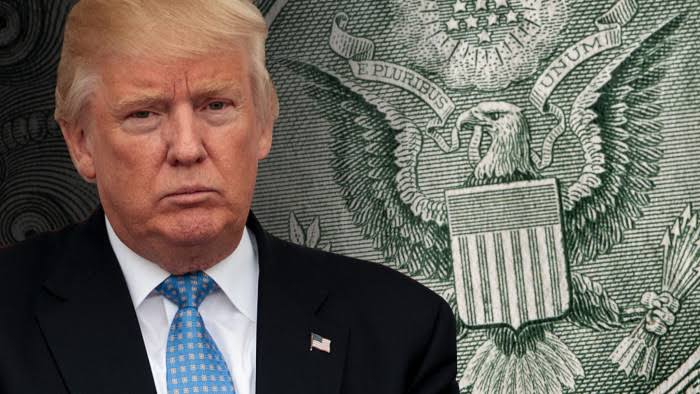In the 2024 election, the economy took center stage, helping propel Donald Trump back into the White House. But what kind of economic situation is he stepping into, and what legacy is Joe Biden leaving behind?
As James Carville famously said during Bill Clinton’s 1992 campaign, “It’s the economy, stupid.” Despite the growing prominence of issues like immigration, climate change, and foreign policy, economic concerns remain top of mind for many voters when they head to the polls.
Donald Trump has repeatedly claimed credit for creating “the greatest economy in U.S. history” during his first term, vowing to achieve similar success in his second. However, much of that depends on the condition of the economy he inherits from Biden.
When Trump first entered office, he benefited from low unemployment rates and a booming stock market — a foundation laid under Barack Obama’s leadership following the 2008 financial crisis. Now, the situation looks different.
What Is Biden’s Economic Legacy?
A strong economy is often characterized by low unemployment, steady GDP growth, and manageable inflation rates. Under Biden’s administration, the country created nearly 16 million jobs, a significant marker of recovery following the COVID-19 pandemic. This achievement helped push unemployment to its lowest level in over 50 years.
However, inflation has been a lingering issue, reaching a 40-year high of 9.1% in 2022, making everyday goods and services significantly more expensive. While inflation has since dropped to around 3%, it’s still above the Federal Reserve’s 2% target, and prices for many essential items remain stubbornly high compared to the end of Trump’s first term.
Real wages have also improved, but many Americans continue to feel the financial pinch, especially at the grocery store. The inflation surge was driven by global factors, including supply chain disruptions and Russia’s war in Ukraine. Domestically, massive deficit spending under Biden — intended to stave off a deeper economic downturn — also played a role.
Despite these challenges, Biden prefers to emphasize the positives, such as job creation and GDP growth. During his presidency, the GDP grew by 11.8%, signaling a strong recovery after the pandemic. By comparison, GDP grew 7.6% during Trump’s first term.
Challenges for Trump’s Second Term
Trump now faces the task of sustaining this momentum while addressing long-standing economic issues. His first term saw the loss of 2.7 million jobs, largely due to the pandemic. With those memories fresh, he’ll be under pressure to maintain the job growth seen under Biden. However, Trump has already proposed mass layoffs in federal departments, which could lead to higher unemployment.
Another critical challenge is the federal debt, which now stands at $36.1 trillion. Public opinion on the economy remains lukewarm, with many Americans still feeling uncertain about their financial future.
Broader factors, such as geopolitical tensions, trade disputes, and climate change, are likely to influence the economic landscape in the coming years. Experts predict that inflation may continue to decline in 2025, but Trump will need to carefully navigate these challenges to maintain stability and growth.
The Road Ahead
While Biden is leaving behind an economy marked by resilience, Trump’s administration will need to balance progress with the complexities of a rapidly changing world. His ability to handle these challenges will define whether his economic legacy matches the bold claims he has made.
